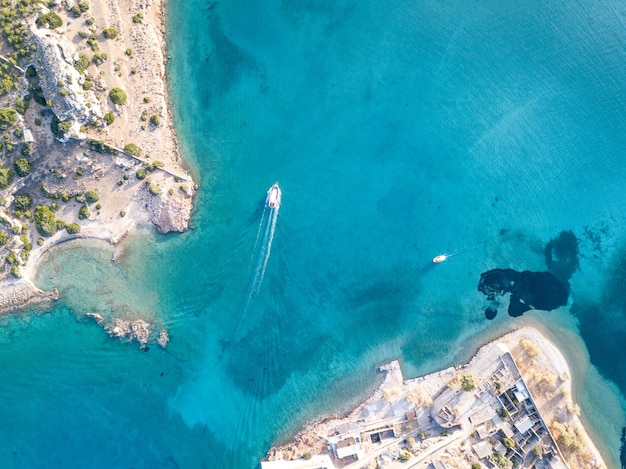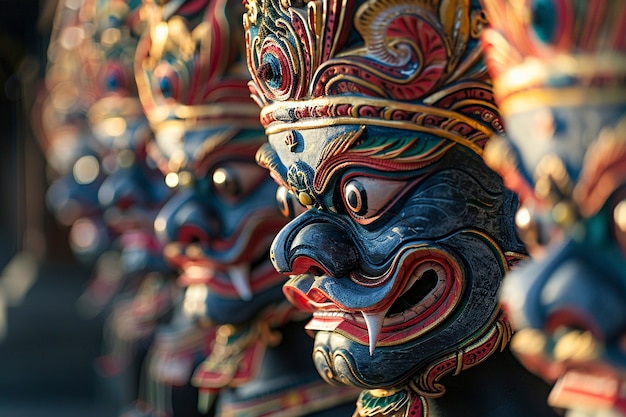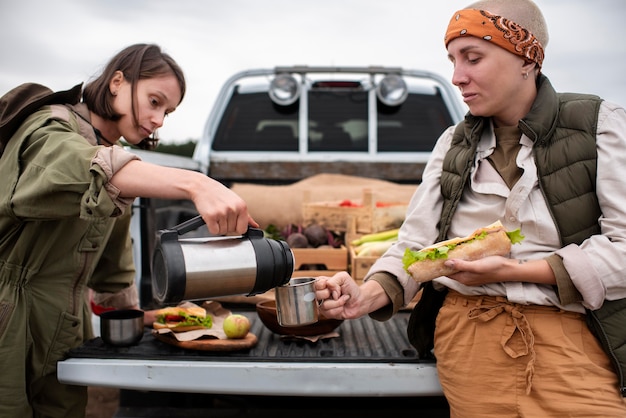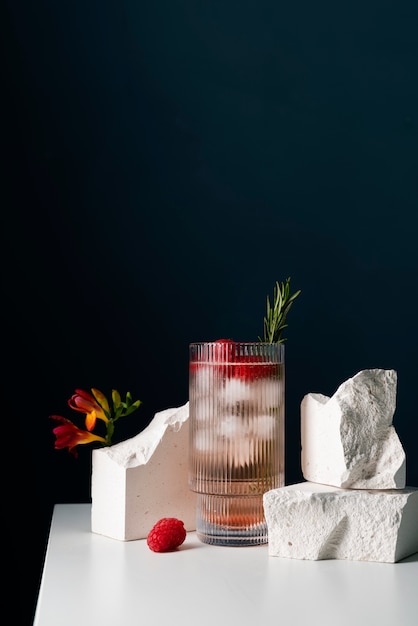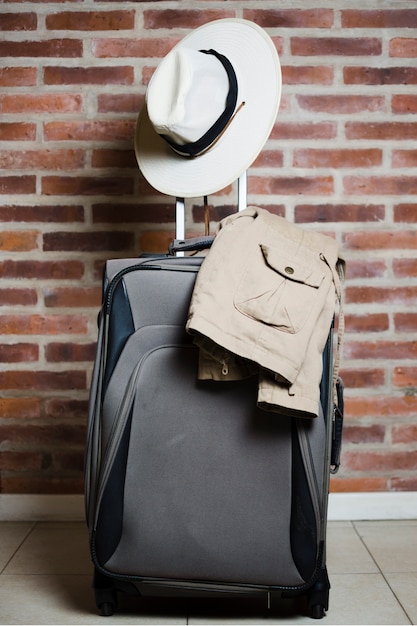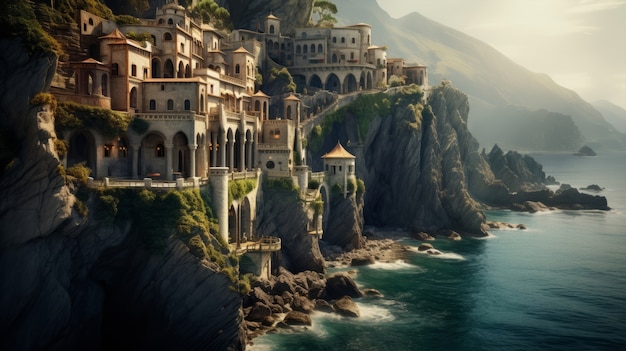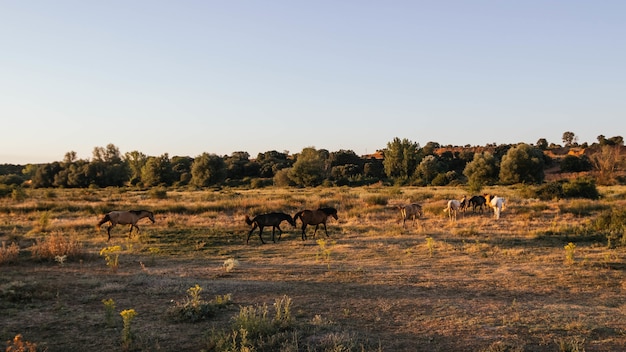
Hunting and history might seem like an odd combination, but they blend seamlessly at Picosa Ranch in Texas. This ranch was once the family home of Governor John Connally, who served as Texas Governor in the 1960s, Secretary of the Navy under President Kennedy, and Secretary of the Treasury under President Nixon. Imagine being a guest when Air Force One landed on the ranch’s airstrip, and the Connally family hosted the President and First Lady in true Texas style.
Today, Picosa Ranch has transformed into a luxury resort, offering bespoke services for those seeking a 5-star Presidential experience. Guests can enjoy a variety of activities, from hunting and shooting to horseback riding and rodeo, or simply relax by the pool with a barbecue lunch and a few beers.
Our visit began with a tour of the Main House, led by Governor Connally’s grandson, Bubba Ammann, now Vice President of Operations at Picosa Ranch. The Main House, where Bubba grew up, is filled with architectural treasures collected by Nellie Connally. These include carved wooden doors and a wrought iron staircase from the Japanese Embassy in London, and an ebony dining table and chairs from a Mexican Monastery. The reception room floor features a specially woven carpet with the Connally cattle brand and the initials J and N for John and Nellie.
After John Connally’s death, the ranch was purchased by the Kowalski family, who had provided catering services to the Connallys over the years. The Main House and the nearby Guest House are available for rent, offering guests a chance to stay in this historic home.
Bubba also showed us the games area and Governor Connally’s office, filled with memorabilia from his political career. One of the most intriguing stories was about the day President Kennedy was assassinated. Governor Connally and his wife Nellie were in the car in front of the President when the shots were fired. Connally was wounded but survived, and the office displays the stetson that was meant for President Kennedy, along with tickets for the reception planned for that evening.
We strolled across the lawn, past a swimming pool shaded by a Magnolia tree grown from a cutting from the White House, a gift from Mrs. Richard Nixon to Nellie Connally. The guest house, designed in the 1970s by architect O’Neil Ford, has been remodeled into four luxurious suites with a “Cowboy Deluxe” style, featuring plantation shutters, terracotta floors, and equestrian artworks.
Our tour included a game-spotting trip across the ranch in a golf buggy, where we saw exotic animals like a baby zebra, Oryx, Addax, Waterbuck, and Texas longhorn cattle. We also visited one of the fishing pools, perfect for a relaxing afternoon.
At the South Range Lodge, an enormous barn has been converted into a plush indoor living area, complete with hunting trophies, a stone fireplace, shuffleboard, and pool tables. Despite the sunny weather, the air-conditioned indoors provided a welcome respite from the Texas heat.
We tried our hand at clay shooting at the Wobble traps, with instructors John and Dan guiding us. My family took to it naturally, and even I managed to hit a clay target, much to my delight.
After shooting, we enjoyed a barbecue lunch prepared by Chef David in the sunken patio area, a new addition to the South Range Lodge. This area, with its lagoon-style pool, is perfect for relaxing or playing games like pool or shuffleboard.
Picosa Ranch offers a tailored experience for groups of families and friends, with activities ranging from hunting and shooting to horseback riding and sightseeing trips to nearby San Antonio. Our day at Picosa Ranch was one of the highlights of our Texas holiday, providing a truly Presidential experience.
For those interested in booking Picosa Ranch for a family gathering or special event, the ranch offers a luxury, customized experience that promises to create lasting memories.

